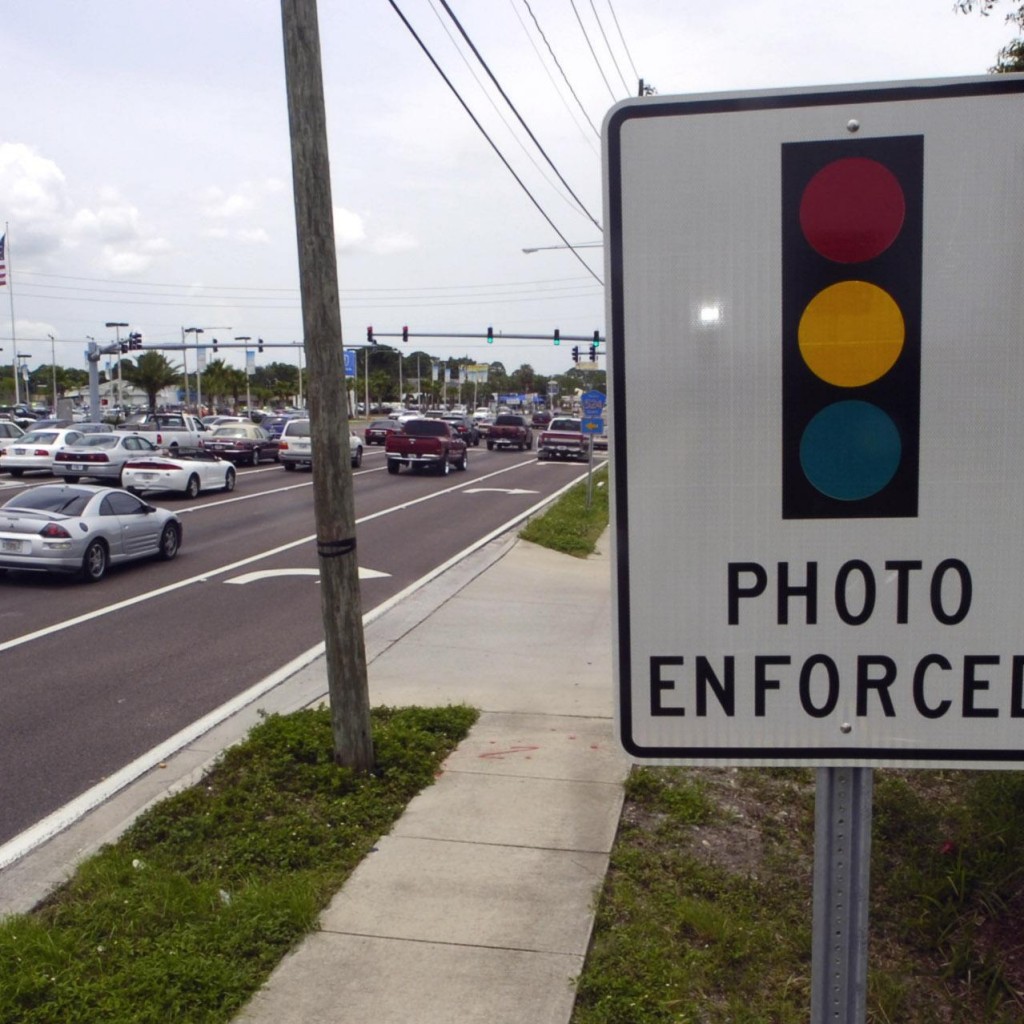
As usual, Florida’s red-light camera report has something for everyone.
A few weeks ago the Department of Highway Safety and Motor Vehicles released their annual report to the Legislature and, as we’ve come to expect, it offered a mixed bag of findings that allow those on both sides of the fence to claim victory.
Familiarize yourself with these reports — if past is prologue, red-light cams will be a hot topic in Tallahassee just as they have been every year since the Mark Wandall Traffic Safety Act was signed into law a decade ago.
The short story is that traffic volume, measured by vehicles on the road and the miles they travel, has increased nearly 14 percent while crashes at intersections have remained flat.
Camera supporters point to this statistic as a positive because cameras are typically placed at the most dangerous intersections. To them, no wrecks means cameras are working.
As logic would follow, the increased number of vehicles traveling through an intersection should bring about more crashes. That’s exactly what has occurred at all other intersections — according to DHSMV data, the number of crashes has increased by nearly 300,000.
Yikes… Florida really does have some bad drivers. Don’t believe it? Here’s the best of the worst of ‘em, courtesy of red-light cam company Verra Mobility, formerly American Traffic Solutions.
To their credit, DHSMV has taken steps to minimize some of the issues that have plagued previous reports. They are starting to jot down the coordinates of intersections and locations where crashes occurred to more accurately plot the distance from the intersection and whether or not red-light running was a factor, be it a “Boston left” or a “California roll.”
In previous reports, crashes that occurred in parking lots in close proximity to intersections were often included even though the intersection played no role. DHSMV openly acknowledges that the “crash analysis should be put into context of the overall complexity of the issue at hand, as many factors may contribute to the change in number of crashes outlined in this report.”
Nevertheless, there’s probably enough in the analysis for both supporters and opponents of cameras to restock their talking points for the upcoming Legislative Session.
One more encouraging tidbit in the report: A lot of cities are deploying “alternative safety measures” such as lighting, increased signage, engineering, and intersection restriping. Those should put a dent in accident stats while adding an additional layer of “fairness” for drivers.
Perhaps more important to the red-light cam debate is a recent Florida International University report on Miami Beach’s program. That study reviewed the overall number of T-bones, sideswipes and rear-enders at intersections where red-light safety cameras were installed.
The study examined 27 intersections, including eight with lenses pointed at them, and found there were about 18 fewer crashes a year since the cameras were deployed in 2010, bringing the number of annual accidents down from roughly 68 a year to 50.
Researchers compared the number of crashes in 2008 and 2009, before the cameras were installed, to the number between 2011 and 2013. These findings seem consistent with other studies not just in Florida, but cities across the country.
Bottom line, cams can’t drive cars —there’s no way for them bring an end to crashes. They do, however, seem to have an impact on the way people drive through intersections. If you’re a pedestrian or an unassuming driver obeying the law, that’s encouraging news.



